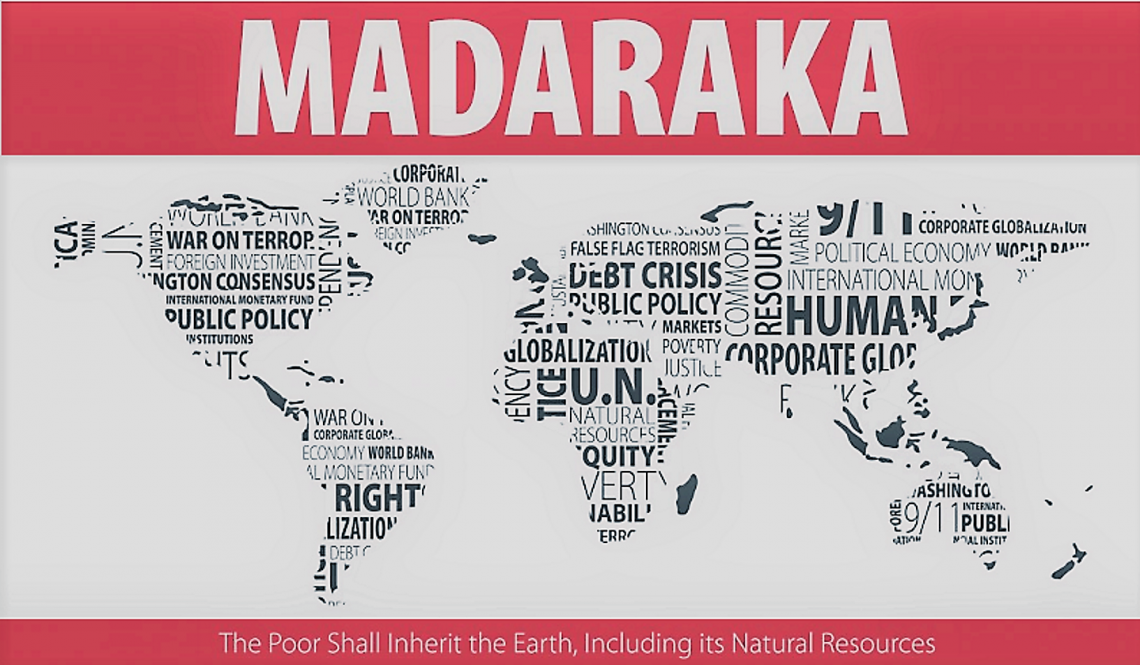Niall McGee MINING REPORTER
PUBLISHED DECEMBER 13, 2022 – Published HERE on 24th December 2022
The London Bullion Market Association (LBMA) has been sued for certifying gold sold by Toronto-based Barrick Gold Corp. from an African mine as “responsibly sourced,” with claimants alleging it is tainted owing to human rights abuses.
The suit was brought by the families of two Tanzanians who were allegedly killed at Barrick’s North Mara gold mine in 2019, after a confrontation between the men, who had trespassed in search of gold left in waste piles, and police.
Leigh Day, the law firm acting for the Tanzanians, said in a legal brief that LBMA allegedly breached its duty by giving its stamp of approval to gold sold by Barrick, “despite a systematic pattern of serious human rights abuses at North Mara spanning for many years.”
LBMA is an international trade association that includes the majority of central banks that stockpile bullion, as well as gold producers and refiners.
Simon Rostron, a spokesperson for LBMA, wrote in an e-mail to The Globe and Mail that the claim was baseless.
“LBMA’s Good Delivery List operates on transparent and well-published principles that all refiners must follow,” he wrote. “Failure to comply with the LBMA rules results either in suspension or removal.”
Barrick isn’t a party to the lawsuit against LBMA, but in a release on Tuesday, the company nonetheless defended its record in Tanzania as a responsible operator, and distanced itself from any direct involvement in alleged abuses at the mine.
The claim against LBMA comes soon after Barrick was sued in Canada last month for allegedly using excessive force to defend itself against Tanzanians illegally entering its mine to steal gold.
In that lawsuit, Tanzanians living in communities around the North Mara mine, in the northern part of the country, accused the police of five deaths, five injuries and five incidents of torture at the mine. The suit claimed that Barrick is responsible, and alleged that the police are paid and equipped by the Canadian miner under a formal agreement.
But Barrick chief executive officer Mark Bristow said that this isn’t true. And he reiterated on Tuesday that the police are not controlled by Barrick. The North Mara mine “does not supervise, direct, control or instruct any mission, assignment or function of the Tanzanian police force,” he said.
The Globe has documented police-related violence around the mine for more than a decade. A Tanzanian government inquiry said in 2016 that it had heard reports of 65 deaths and 270 injuries at the mine caused by police.
A court case, still under way, was launched against a Barrick subsidiary in Britain in 2020 on behalf of Tanzanians alleging that the police caused deaths and injuries from 2014 to 2019.
At one point, Barrick had spun out a sizable stake in its Tanzanian portfolio to a separated publicly traded unit called Acacia Mining PLC, and had all but given up on Africa. But after Acacia repeatedly clashed with the Tanzanian government, Barrick bought back the unit in 2019. Since then, Barrick has said it has radically improved relations between the mine and the local community, as well as its security procedures.
Still, violence continues to occur at North Mara. Last month, one man was killed at the mine, after a confrontation between 71 illegal Tanzanian miners armed with machetes and spears and police. According to Barrick, after its unarmed security personnel failed to subdue the trespassers, the police intervened, which resulted in the fatality.
Barrick’s CEO on Tuesday also attacked Rights and Accountability in Development (RAID), a U.K.-based human rights corporate watchdog, saying it has spread misinformation about North Mara.
RAID over the years has alleged many instances of human rights abuses by Barrick in Tanzania.
“We have repeatedly warned the LBMA that it is certifying tainted gold,” Anneke Van Woudenberg, executive director with RAID, said in a Tuesday release.
The case, she added, sends a signal that industry certification claiming products are responsibly sourced “cannot be empty ESG rhetoric.”
